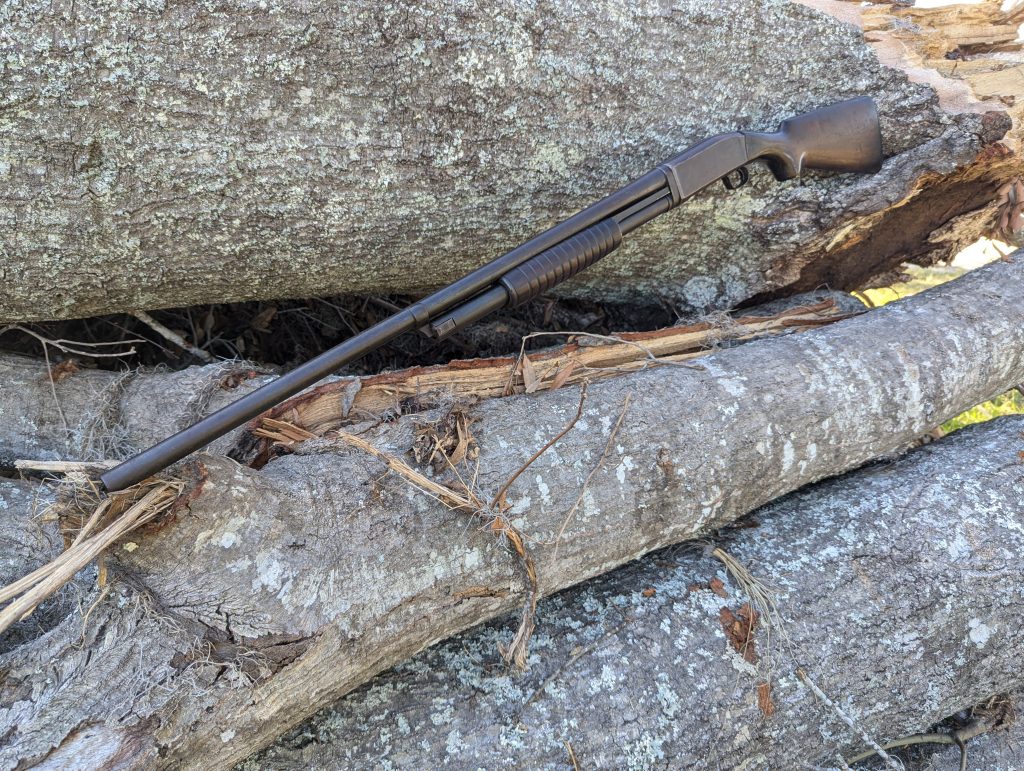
The Model 10 Shotgun gave Remington plenty of firsts. It was Remington’s first pump action shotgun. It was also the first pump action that ejected and loaded from the bottom of the gun. The Remington Model 10 was also a hammerless shotgun, by which I don’t mean the hammer is concealed, but that it’s striker-fired.
Despite all these firsts, the Model 10 somehow gets forgotten amongst turn-of-the-century pump action shotguns.
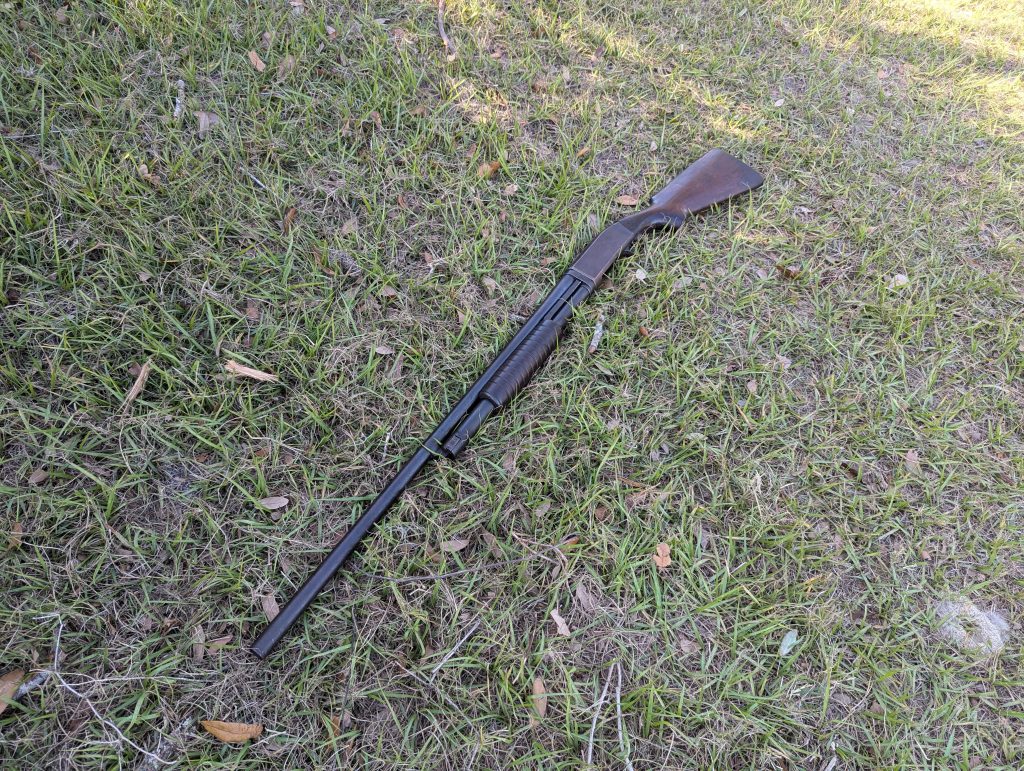
John Pedersen designed the Model 10. John Moses Browning described Pedersen as the best gun designer in the world, heavy praise from the best gun designer in the world (and the man who designed the first successful pump-action shotgun).
Winchester led the market with the Model 1897, and Remington wanted a piece of that pump-action action for themselves. While it’s called the Model 10, it actually began production in 1908.
Various Model 10 Shotguns
Remington produced the gun until 1929 when an improved version called the Model 29 premiered. Remington produced the Model 10 in 12 gauge only and released various models at different price points.

Over the production dates, they produced the following models:
Model 10A – Standard
Model 10B – Special
Model 10S – Trap Special
Model 10T – Target
My shotgun is the lowly Model 10A, the most common and cheapest variant. The Remington Model 10 also had some riot and military variants that were standard catalog items. The Model 10A became a trench and riot gun for the U.S. Military. The trench version featured a shorter 23-inch barrel with a bayonet lug attachment and a solid wooded handguard over the top of the barrel.
Winchester was both a gun company and a patent-making machine. They patented the idea of a ventilated metal heat shield and used it on the Model 12 and 1897 during the First World War. Other companies were stuck figuring out other solutions and wood became the most common non-Winchester option.
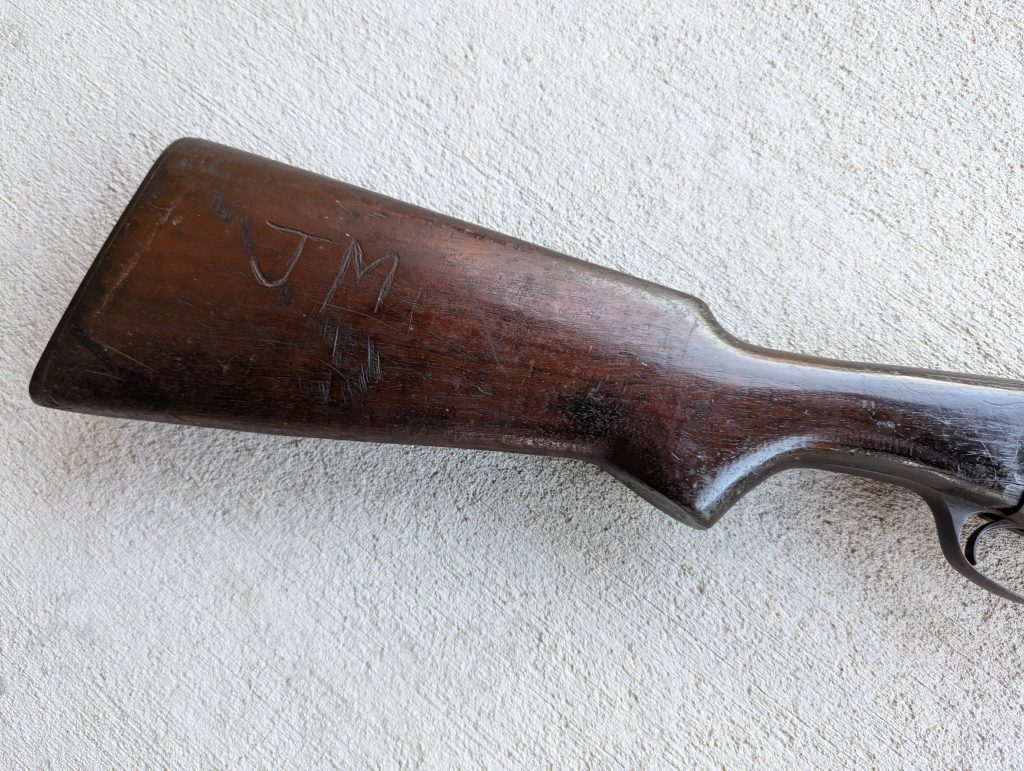
Only 3,500 trench versions of the Model 10 were made. After the war, the military turned most of them into riot guns, removing the handguard and bayonet lug, trimming the barrel to 20 inches, and fitting them with a new bead.
Remington shopped the gun to Russia. They used a different handguard and produced both long and short barrel versions. Trench guns with 26-inch barrels and full wood handguards are interesting to see these days. The trench guns also worked with Mosin Nagant bayonets, but the Russians weren’t interested.
What’s The Point of Bottom-Ejecting Shotguns?
A bottom-loading and ejecting shotgun isn’t new these days. The Ithaca 37 is the longest-running production pump shotgun, and it’s one of the gun’s more noticeable features. The Model 10 was the first to do it, and the benefits were established early on.

The main benefit is that gunk has a much harder time getting into the gun when you reduce the amount of slots in the receiver down to one. Second, it’s very friendly to left-handed shooters. Finally, it ejects the shell downward, which keeps it from hitting the other guys in the trench or duck blind.
How The Model 10 Works
Loading the gun is similar to every other shotgun. While the simple process may baffle someone like Tim Walz, all you do is thumb shells into the magazine tube and call it a day. The action release is odd and placed on the right side of the receiver. It’s a small button, and seems like it could be a potential problem. It seems like lefties could accidentally press the button against their body when toting the gun without a sling.
When the shotgun is cocked and locked, the bolt locks by resting against a shoulder in the thick portion of the receiver. It’s pretty sturdy and simple.
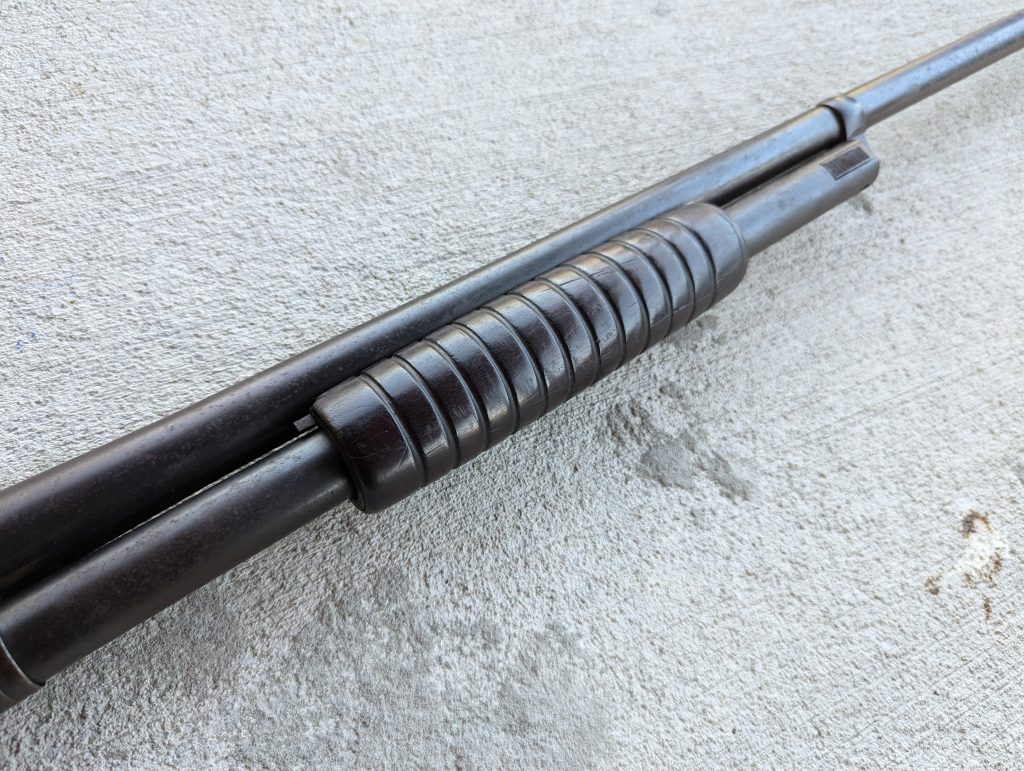
The bottom-ejecting design is clever. After the user fires the gun and retracts the forearm, a spring in the top of the receiver ejects the shell downward through the loading port.
As you continue retracting the forearm, a carrier, which normally sits folded against the right of the receiver, folds downward to close the bottom of the receiver and catch a shell released by the magazine tube.
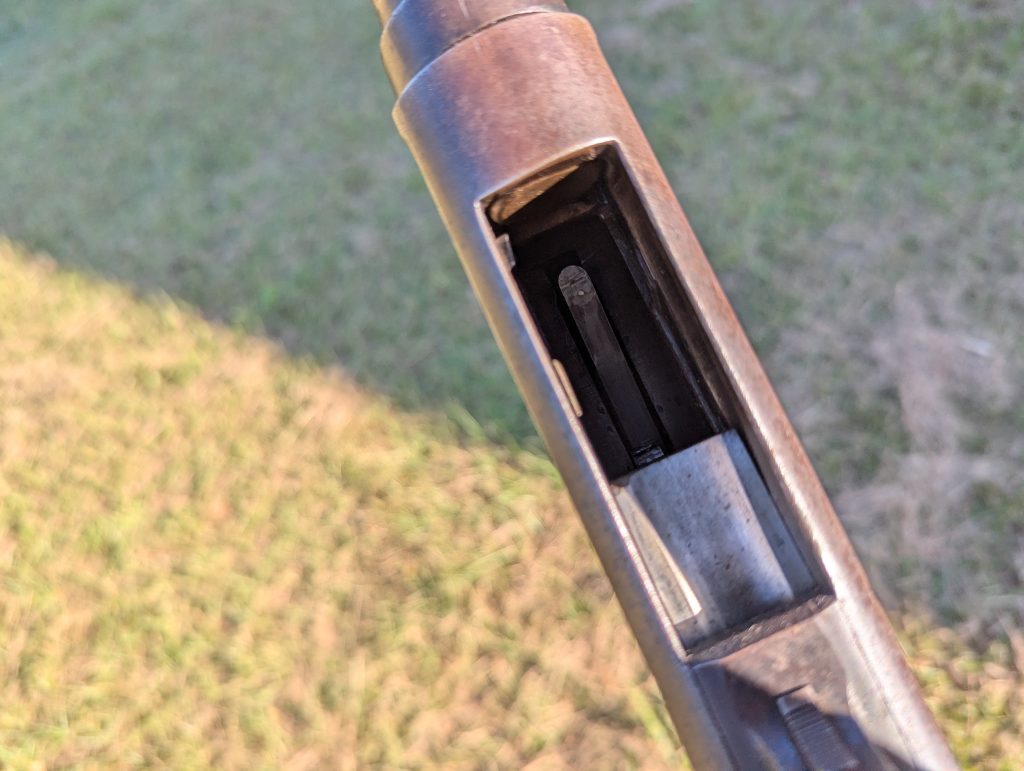
As you then close the action, the carrier lifts the shell upward and aligns it with the chamber. The bolt then pushes the shell into the chamber and you’re ready to fire. The carrier is once again folded into place and leaves the gun free to eject the empty shell.
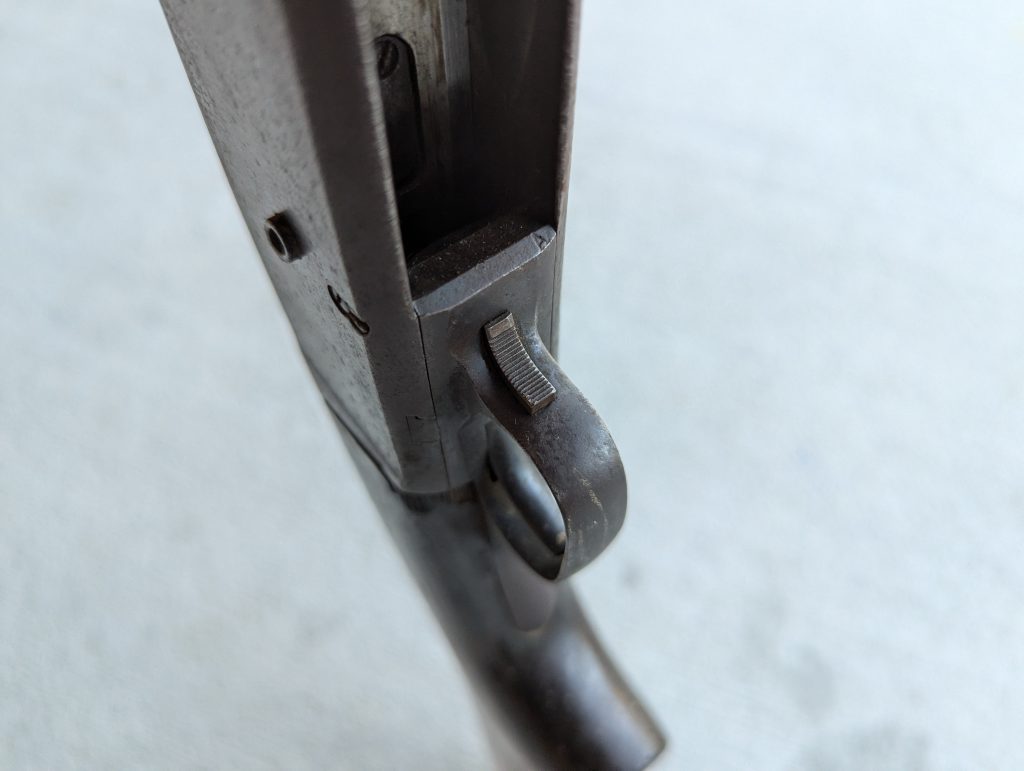
The problem with Model 10s is that the system can lose timing. When that happens, it’s not an easy fix. In fact, according to internet legend, there isn’t anyone still alive who knows how to fix it, and I doubt enough Model 10s are banging around to warrant someone spending the time to learn. Supposedly, slam-firing these guns can create the dreaded timing issue.
The Model 10 In Hand
The Model 10 has the pleasing heft of the guns of its era. There is no aluminum here. Just drop-forged receivers and milled steel mixed with American wood. You won’t call it smooth like a Model 12 when you work the action. It’s more of that mechanical feel of guns like the 1897. Throughout the length of the action, you can feel every process the shotgun is going through.
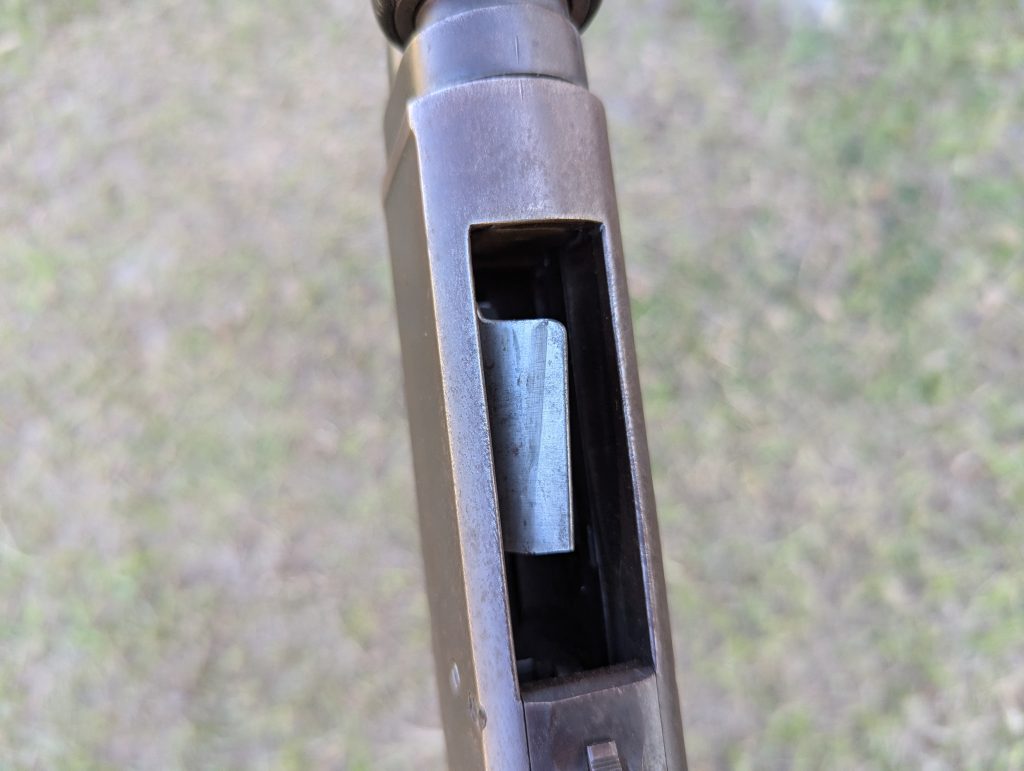
The ergonomics of the Remington Model 10 are a little odd. The safety sits in the trigger guard, much like the M1 Garand. It’s a bit smaller and while it’s textured, it’s still not always quick to move. Since my shotgun is now a century old, it might have been easier to actuate the safety back in 1910.
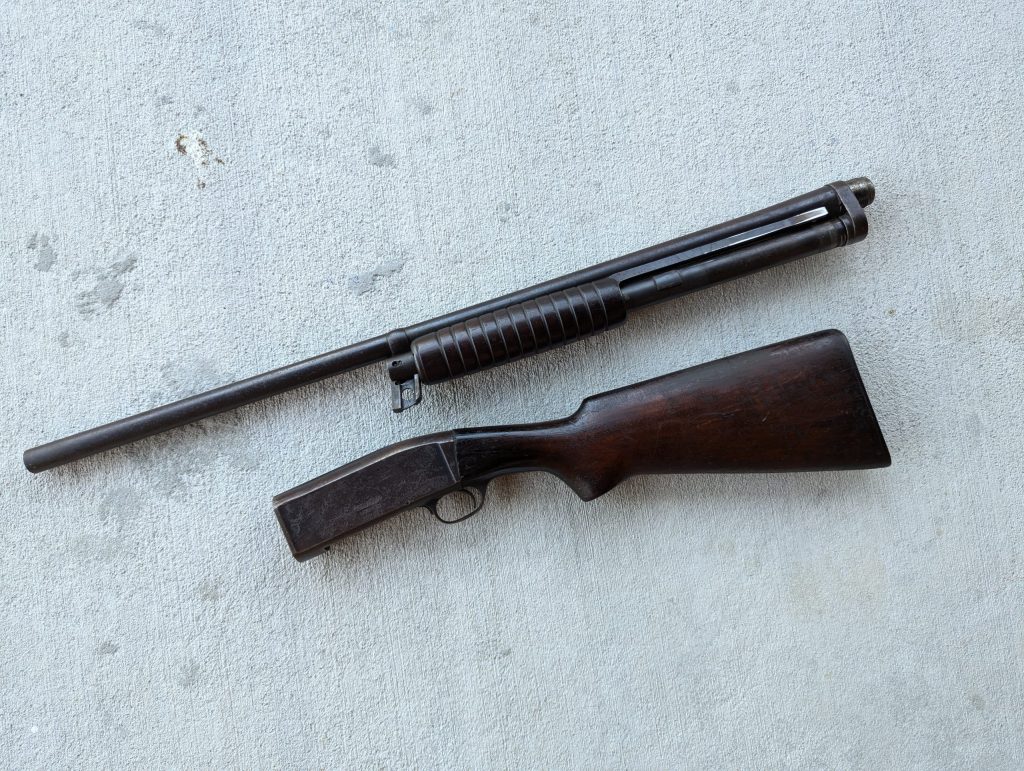
Like contemporaries of the Model 10, you can take the gun down. The barrel and magazine tube pops off the receiver easily enough. That makes it handy for transport and storage. I wish more modern shotgun makers offered takedown models.
Slinging Lead
Even though it’s over a century old, the Remington Model 10 handles quite well. It’s still a solid shooter, but if you have a Model 10, it’s worth looking it over. I know mine was inspected for safety prior to purchase, and I’d advise that with any Model 10 you may be considering. They are rattletraps and can wear out and be unsafe to use. As always, stay away from steel shot. I won’t even use any loads that are remotely hot in the gun.

A little light birdshot seems fine, and I don’t plan to use this gun for anything heavy-hitting. It might become a squirrel or rabbit gun this fall just for the retro fun of it. The Model 10 recoils like any other 12 gauge, which means it’s stout. The bead sight has been smooshed a bit over time, but it’s still visible.
Shells eject consistently and enthusiastically. This gun throws the things out of the receiver and sends them clattering to the ground. While the gun’s action has that mechanical feel, you can work the action quickly to get another round ready to go.
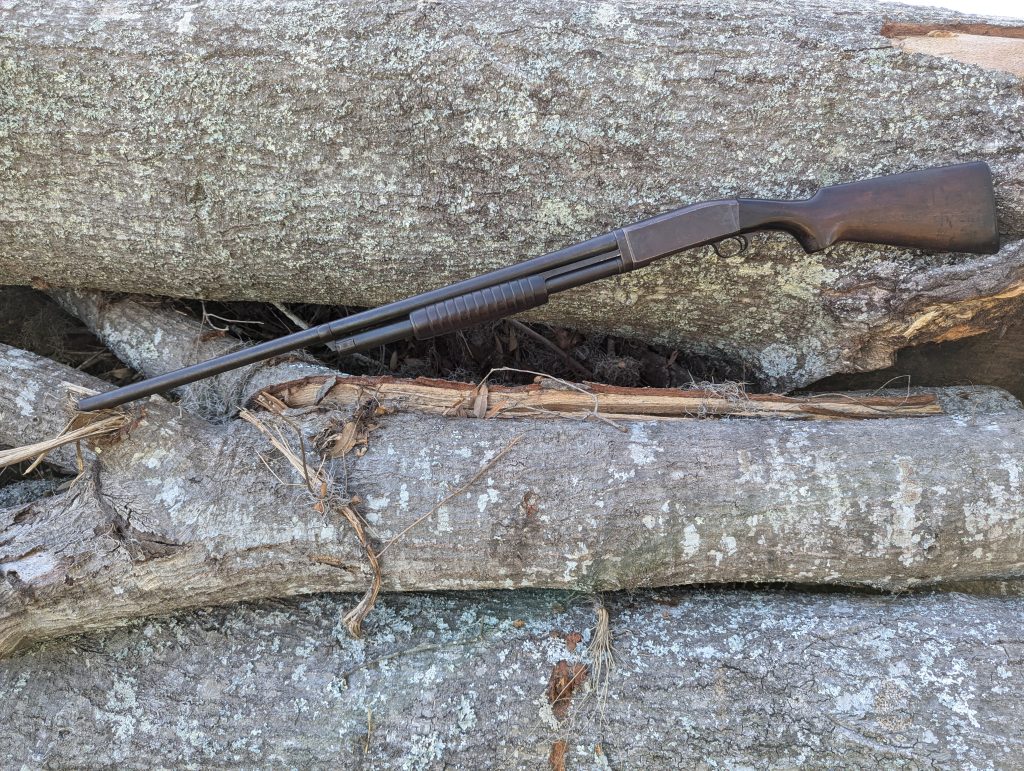
An Old Beauty
The Remington Model 10 isn’t as popular or as famed as Winchester’s early pump shotguns, and it’s honestly not on par with the Winchester Model 12. While it might not be the ‘Perfect Repeater,’ the Model 10 holds a special place as Remington’s first pump shotgun and pump guns would go on to define the Remington brand.
The old Model 10 is an interesting gun and is one of those early pump shotguns that existed before we really had the layout down. If you want a piece of living history, snag a Model 10. They aren’t expensive and seem to be fairly common for guns produced a century ago.

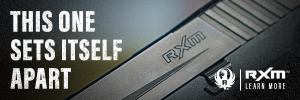
Hey Travis, nice to read about this little discussed shotgun
Here is another version to add to your list – 10 D
I have the 10 D, which I always assumed referred to a deluxe version due to the factory engraving and fancy wood. But I found additional information on it being a Tournament version.
An internet search I did some years ago also shows Remington also produced these additional models:
10 C – Trap grade
10 D – Tournament Grade
10 E – Expert Grade
10 F – Premier Grade
10 R Riot Grade